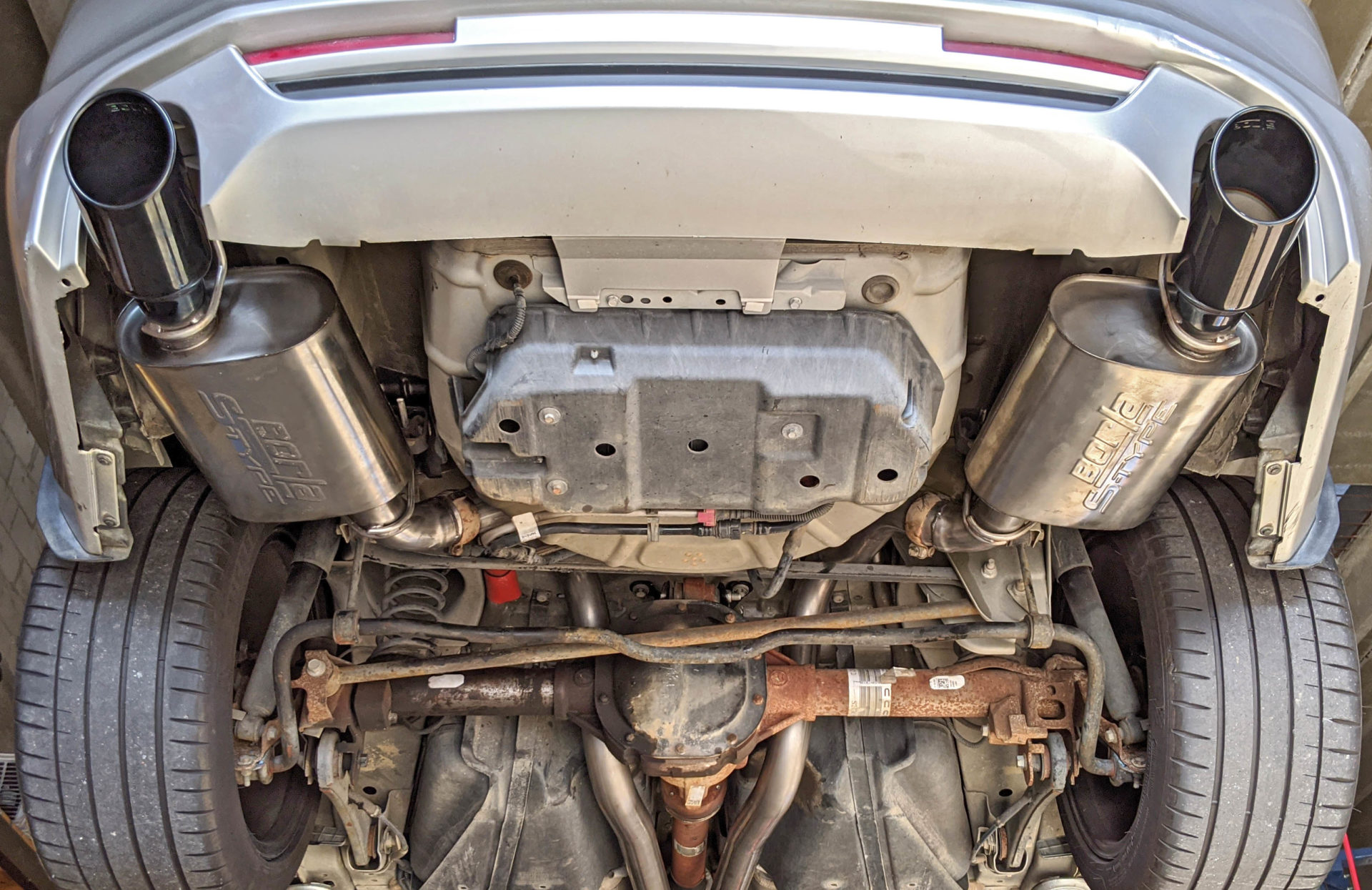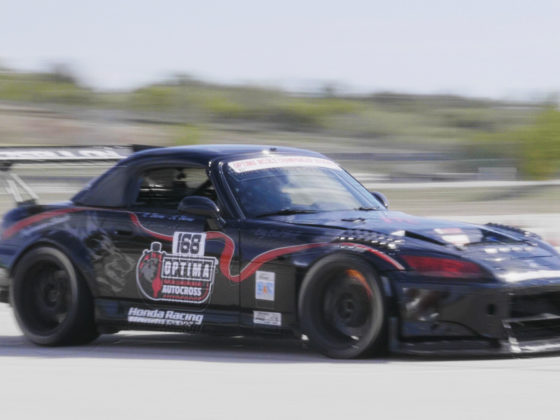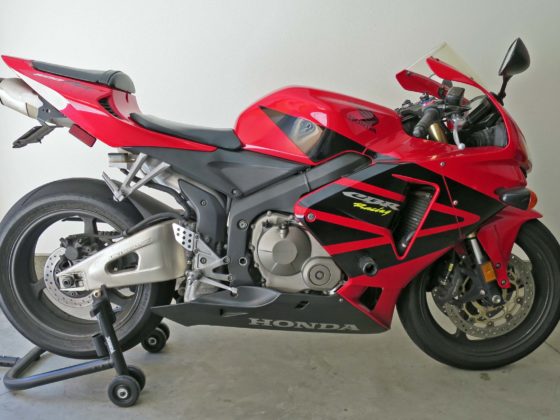Despite achieving our 400 WHP goal, we installed a Borla S-Type Cat-Back Exhaust to further increase power, reduce weight, and improve the sound of our Mustang. We also found a bit more power in the tune and conducted a few air intake tests.
In Part 2, it only took a K&N intake, a 2018+ Gen-3 intake manifold, and a tune from Palm Beach Dyno to make over 400 WHP in our Mustang. We were ecstatic to reach our goal so quickly and easily, but there was still some tuning left to do, intake tests to perform, and an exhaust to install.
We have used Borla Exhausts on a lot of our Mustang builds and have been extremely happy with the improvements in performance and sound. We picked up 7 WHP from the Borla/Ford Performance Touring Cat-Back Exhaust in our 2016 Gen-2 Coyote Mustang, and an impressive 12.91 WHP from their S-Type exhaust on our 2018 Gen-3 Coyote. The Gen-3 S-Type just might be the best sounding Coyote exhaust system I’ve ever heard. It transforms the exhaust note to sound like the old (better sounding) 3-valve engine. Needless to say, installing this exhaust would round out using Borla on all 3 generations of Coyotes. We were looking forward to the results.
 The Borla exhaust arrived in two large boxes.
The Borla exhaust arrived in two large boxes.
 We went with the Borla S-Type Cat-Back Exhaust (Part # 140515BC) which is made from premium 2.75” T-304 stainless steel and features a black chrome finish on the T-304 stainless steel exhaust tips. This will be a nice, aggressive visual contrast against our silver car.
We went with the Borla S-Type Cat-Back Exhaust (Part # 140515BC) which is made from premium 2.75” T-304 stainless steel and features a black chrome finish on the T-304 stainless steel exhaust tips. This will be a nice, aggressive visual contrast against our silver car.
The S-Type muffler is Borla’s quietest cat-back exhaust system for the 2012-2014 (Gen-1 Coyote) Mustang GT and it was incredible on our 2018 Mustang GT. We really liked their quieter “Touring” muffler on our 2016 Mustang and would have chosen that if we had the option. Both exhausts have the perfect combination of performance and sound that make driving more exciting and engaging, and are quiet enough to live with every day without droning.
While I love the performance of the 5.0L Coyote V8, I find most aftermarket exhausts make them obnoxiously loud with a poor sounding, trumpeting pitch. This is exponentially worse if the car has a cat-delete and/or long tube headers. Thankfully we already reached our power goals since not many mufflers can quiet down cat-delete pipes or long tube headers, which would have given us another 10-15 WHP+ gain if we needed it.
If you intend on getting rid of your cats and don’t want an insanely loud car, I would recommend Borla’s quietest “Touring” muffler in their axle-back kit. It still may be louder than you expect. I might have preferred this option over the cat-back, but we wouldn’t get the increased power from the Borla X-pipe or as much of a weight reduction that the cat-back offers.
 Up on the lift, our friends and Mustang experts at RareFab in Boynton Beach, Florida performed the install.
Up on the lift, our friends and Mustang experts at RareFab in Boynton Beach, Florida performed the install.
 The stock exhaust is made up of three main sections. The front section incorporates an “H” crossover pipe, the middle has a pair of resonators, and the rear has extremely heavy and massive mufflers.
The stock exhaust is made up of three main sections. The front section incorporates an “H” crossover pipe, the middle has a pair of resonators, and the rear has extremely heavy and massive mufflers.
Quick Reference:
Page 1 – Stock Exhaust & Borla S-Type
Page 2 – Stock Exhaust Analysis
Page 3 – Crossover Pipe Removal vs Borla
Page 4 – Mid Pipe & Muffler Removal vs Borla
Page 5 – Borla Installation
Page 6 – Borla Installed
Page 7 – Dyno Borla & K&N Airbox Lid On vs Off
Page 8 – Dyno JLT vs K&N Intake. New PBD Tune Dyno
Page 9 – Dyno Overlays: Stock, Tuned Stock Intake Manifold, 2016 Mustang, 2018 Mustang, 2012 Boss 302, Conclusion




14 comments
Great write up with usable comparisons. Do race mustangs tend to stick with duals or go to single for weight?
The old FR500Cs had dual throttle bodies, but most Mustangs now use single round TBs for simplicity.
Really enjoy your perspective on so many things and this build is enjoyable to follow.
Page three, second paragraph first sentence says intake manifold, but probably meant exhaust manifold.
You got me, I got you 😉
Thanks for the feedback!
Thanks for the articles! Stay safe.
Very timely article for me, as I’ve been looking at 11-14 GTs as a fair weather DD, and part time track car. My brother has 12 Boss, but a TP/Brembo GT fits my needs and budget. Is there a Part 1 posted somewhere?
Thanks for posting. Looking forward to Part 4…
what was the alleged speed for the intake on road lid on test? and what gear?
I used nothing but Borla Exhaust on all the BDX Mustangs we made from 2007 to 2009. Love it. Trivia, in 1988 my Fox was the mule for the 1st Mustang Borla system. Alex borrowed it and I drove his T-bird for about 2 weeks.
That’s really cool historical fact! I have Borla on my Tundra tow vehicle, nice mellow V8 rumble in Touring spec. And got an S-Type coming for my Turbo 4 Camaro 1LE, which needs an exhaust note desperately.
Great information, I own a 2014 GT Mustang that I track 3 to 4 times a year, I have done some suspension and brake mods but no engine mods yet.
Really appreciate how methodical and well thought out all your articles are Billy!
Looking forward to seeing the continued progression of this car. Are you planning to road test the airbox lid comparison as described on Page 7?
Factory exhaust is 409ss not mild steel. Pretty much every factory exhaust since the 90s is 409ss. You will find steel components like flanges and hangers, but piping and mufflers are 409ss. Some later stuff is aluminized coated 409ss like the back half of Mopar exhausts, pickup truck tailpipes, generally anything somewhat visible from the outside of the vehicle.
Long tube headers, albeit expensive, will indeed provide for a substantial increase in RWHP….and RWTQ. You would be up to 450 rwhp with LT’s….and that is a bunch. But that would require either no cats..and an X….or a hi-flow catted X. Then the appropriate mufflers, to tame the noise/any drone. Resonators, just before the rear axle, would also tame noise down, if the mufflers didn’t do the job.
We didn’t want the car to be obnoxiously loud, which long tube headers often do. The car is already borderline with cats and the quietest muffler Borla makes. We are happy with the sound and performance with the current package, meeting our performance goals.